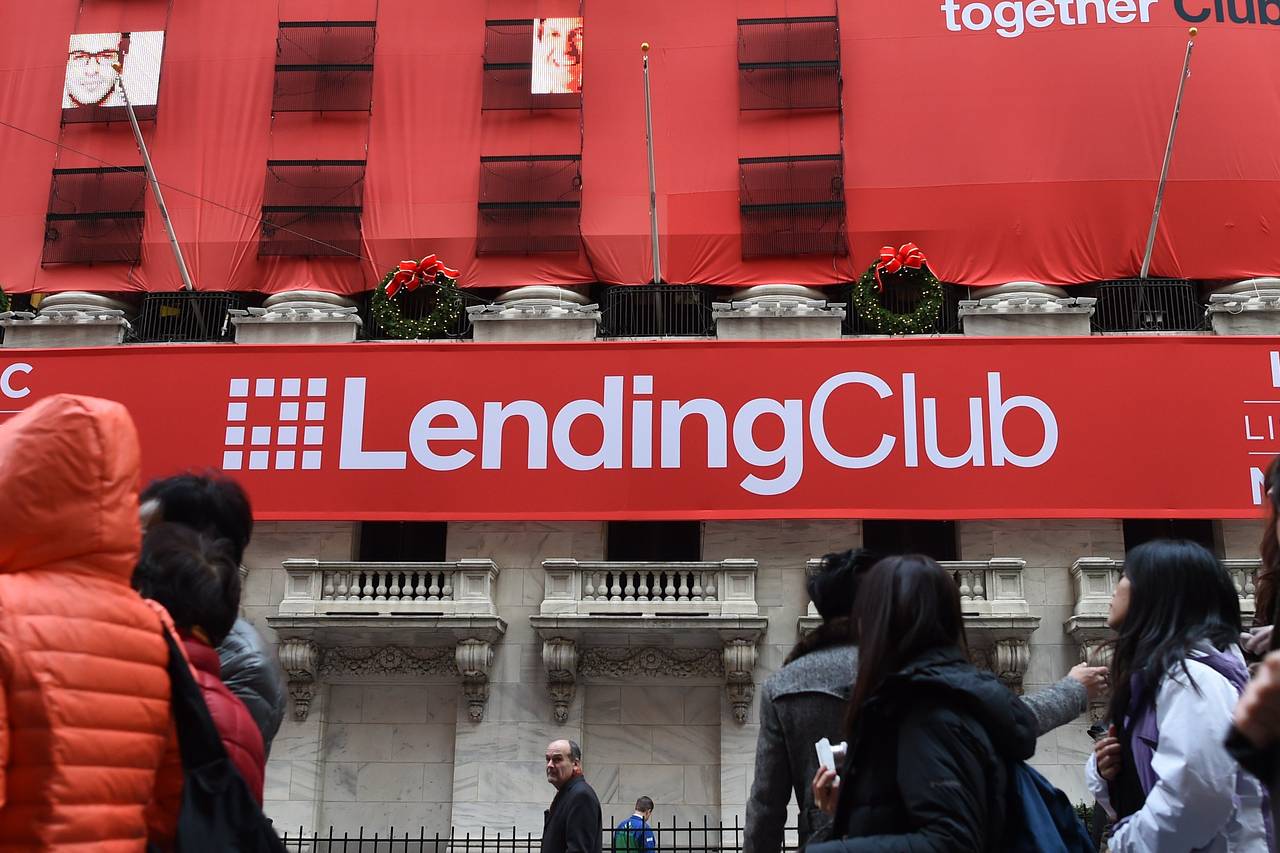
Lending Club Posts Second-Ever Profit as Revenue Doubles
By PETER RUDEGEAIR and AUSTEN HUFFORD for Wall street Journal
Peer-to-peer lender’s loan originations jump 82%
Lending Club Corp. capped its first full year as a public company by reporting record quarterly profit and loan volume and telling investors it could weather a tougher economy.
Shares were up 7.5% to $7.00 in morning trading as the company also announced a $150 million stock buyback program. Shares have been under pressure in recent months though. Lending Club shares have fallen 39% since the beginning of the year.
Fears that a worsening economic environment would lead to a rise in loan defaults has contributed to a broader selloff in financial stocks. Lending Club ran a simulation of how its portfolio would perform in a hypothetical slowdown and found that investor returns would remain positive and be twice as high as they were during the last recession in 2009.
The company’s chief executive also worked to dampen concern that a recession may be on the way. “We are not currently seeing any sign of deterioration either in credit quality or in consumer demand for credit or in investors appetite for credit investments,” said Renaud Laplanche, LendingClub’s founder and CEO.
For the quarter, the company swung to a profit of $4.6 million, or 1 cent a share, compared with a year-earlier loss of $9 million, or 7 cents a share, in the same quarter a year ago.
It was the company’s second quarterly profit since its December 2014 initial public offering.
On an adjusted basis, profit rose to $24.6 million overall and 5 cents per share.
Revenue nearly doubled to $135.5 million from $68.1 million.
Analysts polled by Thomson Reuters had expected revenue of $131 million and earnings per share of 4 cents.
Lending Club primarily collects money from outside investors and lends it to individuals via an online marketplace. It also funds loans to small businesses. Those who lend to the service get aggregate returns from the thousands of borrowers that the company says are uncorrelated with other asset classes. For the year, the average investor return after credit losses and fees in 2015 was nearly 8%, the company said.
Fourth-quarter loan volume increased 82% to $2.58 billion. Over the course of 2015, Lending Club extended $8.4 billion in credit.
To generate that loan growth, Lending Club more than doubled its spending on sales and marketing to $53.5 million in the fourth quarter from $26 million in the same period in 2014. As a percentage of loan originations, sales and marketing expenses rose to 2.01% in the fourth quarter from 1.78% in the fourth quarter of 2014.
Mr. Laplanche said the increase was partly driven by a marketing push to get more retail investors on the Lending Club platform and an expansion in the number of states where Lending Club loans were available to retail investors. Mr. Laplanche added that retail investors would be a more dependable source of capital if the economy were to dip into a recession.
Lending Club also said it expects operating revenue in the range of $147 million to $149 million in the current quarter and $730 million to $740 million for the year.
The company is set to enter a new category of consumer lending in the first half of 2016, though it hasn’t yet specified what that will be
The article first appeared in WSJ.com





